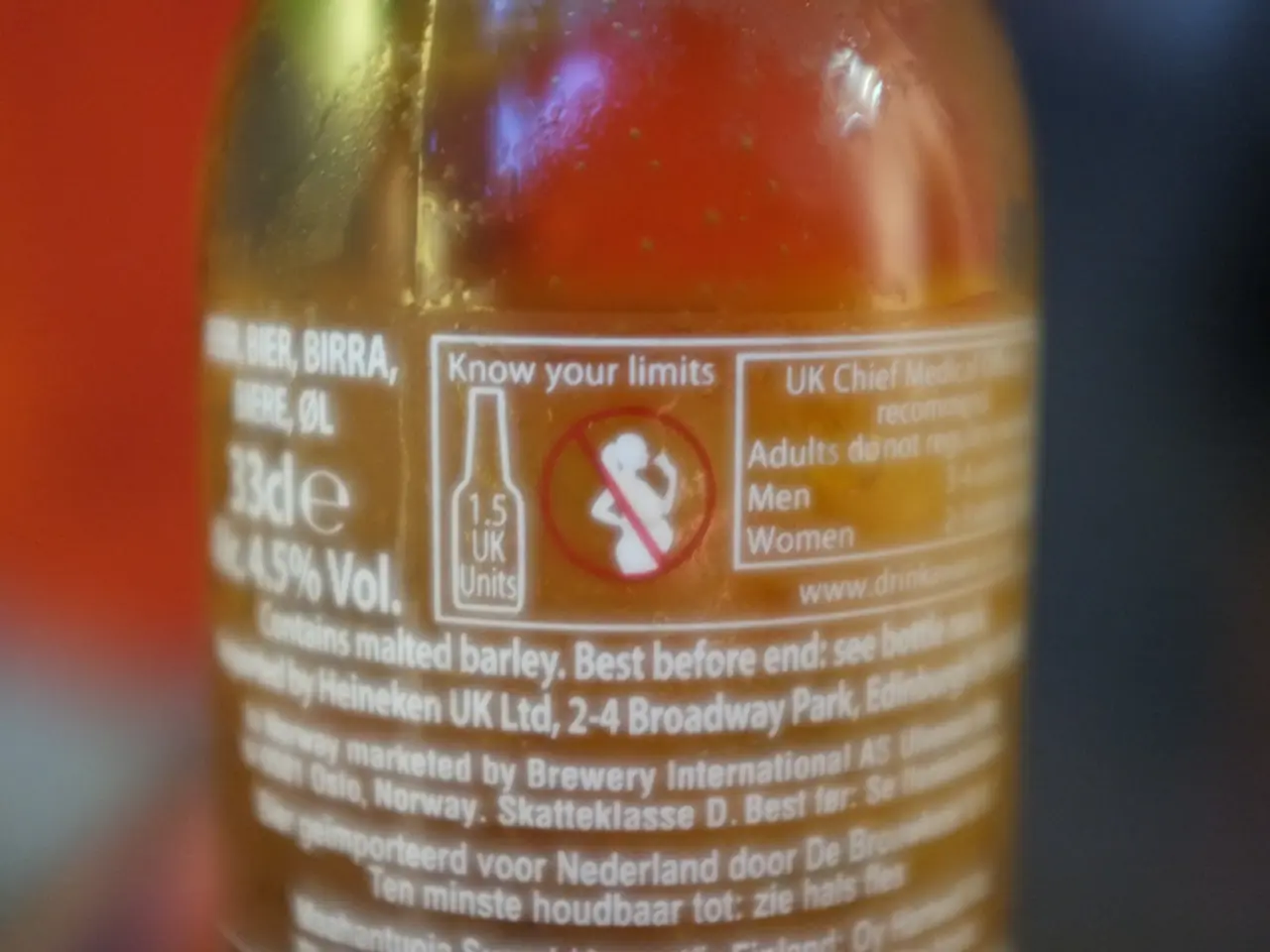Psoriatic arthritis and synovitis: Comparing features and distinctions
Article: Understanding Synovitis in Psoriatic Arthritis (PsA)
Psoriatic arthritis (PsA) is an inflammatory condition that affects the connective tissues of the joints, often leading to synovitis – inflammation of the synovial membrane lining the joints. This condition is characterised by symptoms such as joint swelling, pain, and stiffness, particularly in the peripheral joints, which can result in reduced mobility and fatigue.
Synovitis in PsA involves high vascularity and unique angiogenic profiles, unlike rheumatoid arthritis (RA) synovitis. This inflammation is primarily driven by pro-inflammatory cytokines like IL-17, IL-23, and TNF, leading to ongoing inflammation and damage to the synovium and surrounding tissues.
Symptoms of Synovitis in PsA
The symptoms of synovitis in PsA include:
- Joint Swelling: This is a common symptom, often affecting the tips of the toes and fingers in individuals with PsA.
- Pain Localized in Affected Joints: The pain can be quite severe and is usually localized to the joints that are affected.
- Stiffness: Stiffness, especially in the morning or after inactivity, is another common symptom of synovitis in PsA.
Treatments for Synovitis Associated with PsA
Treatments for synovitis associated with PsA include a combination of pharmacological and natural approaches:
- Pharmacological Treatments:
- Nonsteroidal Anti-Inflammatory Drugs (NSAIDs): These are used to reduce pain and inflammation.
- Conventional Synthetic Disease-Modifying Antirheumatic Drugs (csDMARDs): Methotrexate is a widely used csDMARD to slow disease progression and control inflammation.
- Corticosteroids: Oral corticosteroids may be prescribed in low doses to control inflammation, but they are generally used cautiously due to their side effects.
- Biologic Agents Targeting Specific Cytokines: Drugs targeting TNF, IL-17, or IL-23 pathways are commonly used to manage synovitis in PsA.
- Natural and Complementary Approaches:
- Some natural anti-inflammatory substances like turmeric (curcumin) may provide symptom relief for pain, stiffness, and swelling, but they should supplement – not replace – medical treatment.
- Lifestyle modifications including stress reduction and exercise may help reduce symptom severity and improve joint function.
- Monitoring and Early Detection:
- Subclinical synovitis (inflammation without evident symptoms) can precede full PsA, emphasizing the importance of early detection and treatment to prevent joint damage.
In severe cases of PsA, a doctor may recommend a synovectomy, a surgical procedure to remove parts of the inflamed synovial stratum. It's important to note that transient synovitis, a short-lasting swelling of a joint that most often occurs in children aged 2-16, can cause pain but usually resolves with rest and anti-inflammatory medication like ibuprofen.
For individuals with PsA, understanding the causes, symptoms, and treatments of synovitis is crucial in managing the condition effectively. If over-the-counter pain relievers are ineffective for synovitis due to PsA, doctors may employ a different treatment strategy. Learn more about the causes of PsA, its treatment, and other related topics by following the provided links.
[1] https://www.ncbi.nlm.nih.gov/pmc/articles/PMC5969392/ [2] https://www.ncbi.nlm.nih.gov/pmc/articles/PMC6944358/ [3] https://www.ncbi.nlm.nih.gov/pmc/articles/PMC5877717/ [4] https://www.ncbi.nlm.nih.gov/pmc/articles/PMC5664031/ [5] https://www.ncbi.nlm.nih.gov/pmc/articles/PMC6843662/
- Synovitis in PsA is an established entity within the domain of medical-conditions, characterized by symptoms such as joint swelling, pain, and stiffness.
- PsA's synovitis presents unique characteristics compared to rheumatoid arthritis (RA) synovitis, including high vascularity and distinct angiogenic profiles.
- The primary drivers of synovitis in PsA are pro-inflammatory cytokines like IL-17, IL-23, and TNF, leading to chronic inflammation and potential damage.
- Treaters often employ pharmacological strategies to control synovitis symptoms in PsA, including NSAIDs, csDMARDs, corticosteroids, and biological agents targeting specific cytokines.
- In addition to these treatments, patient personas might explore natural and complementary approaches, such as turmeric and lifestyle modifications, to reduce symptom severity and improve joint function.
- Early detection and treatment for subclinical synovitis in PsA are crucial to prevent joint damage and progression to more severe chronic diseases.
- Some people may experience other joint pain, such as from otherpain conditions or arthritis, but PsA's synovitis exhibits unique signs and requires specific, established treatmentstrategies.
- Synovectomy, a surgical procedure to remove inflamed synovial tissue, may be recommended in severe cases of PsA, whereas transient synovitis in children usually resolves with rest and over-the-counter medication.
- Management of PsA and its synovitis involves not only understanding the symptoms but also staying informed about the latest developments in science, treatments, and therapies-and-treatments for health-and-wellness, fitness-and-exercise, skin-conditions, neurological-disorders, and chronic-diseases.
- Fostering a holistic approach to managing PsA, including diet, exercise, and stress management, can contribute to achieving overall wellness and effectively addressing the challenges posed by this complex condition.




